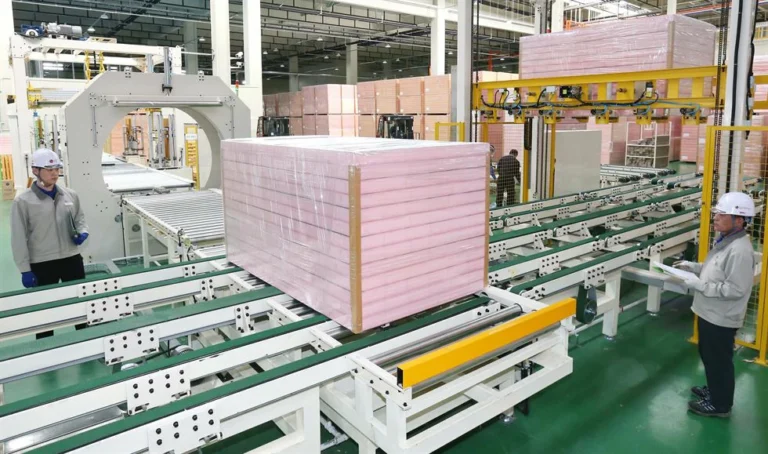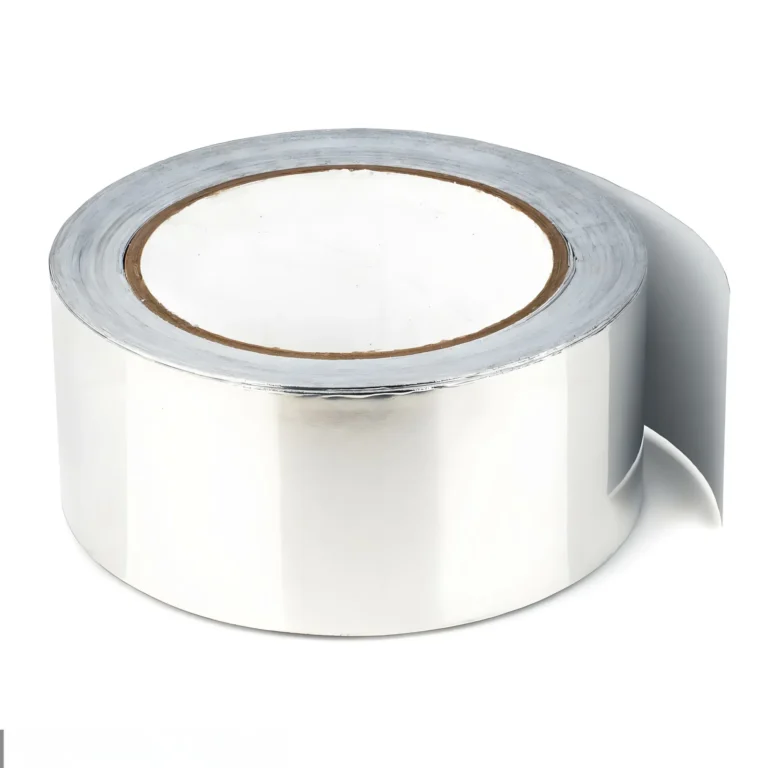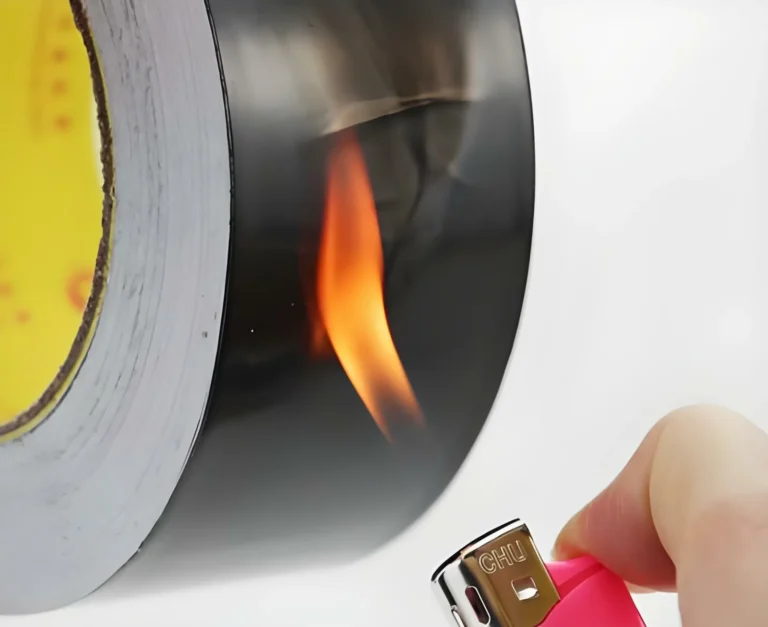brief introduction
Aluminized fabric is a specialized material featuring a base fabric coated with aluminum. This combination results in a fabric that offers exceptional heat shielding and radiant heat reflection, making it indispensable in various industries. The significance of aluminized fabric lies in its ability to provide high-temperature resistance and enhanced safety in environments prone to heat and fire hazards.
Understanding the different varieties and types of aluminized fabric is crucial for optimizing its applications. The performance of aluminized fabric can vary significantly based on the weave and coating techniques used. For instance, aluminized fiberglass panels are renowned for their excellent thermal resistance and durability, which are essential in high-temperature industrial settings.
In fire safety, aluminized fabric is a critical component. It reflects up to 95% of radiant heat, reducing the risk of burns and heat stress. This capability is vital for the production of protective clothing for firefighters and industrial workers. According to the National Fire Protection Association (NFPA), gear incorporating aluminized fabric can endure temperatures up to 3000°F, providing robust protection in extreme conditions.
Learn More About:Aluminized Fabric: A Game-Changer in Fire Resistance
Moreover, aluminized fabric’s versatility extends to its use in aluminum composite materials. These materials are used in construction for insulation and fire protection, contributing to energy efficiency and safety. Research shows that buildings utilizing aluminium composite boards achieve up to a 30% improvement in fire resistance ratings, helping to prevent the spread of fires.
In addition to fire safety, aluminized fabric is also valuable in other applications. For example, in the automotive and aerospace industries, aluminized fabric’s heat shielding properties are crucial. It can reflect up to 90% of radiant heat, protecting vehicle and aircraft components from high temperatures.
The importance of understanding the varieties of aluminum fabric cannot be overstated. Different applications require specific properties, and choosing the right type of aluminized fabric can enhance performance and safety. For instance, insulated metal fabrics provide both thermal protection and structural integrity, making them suitable for use in challenging environments.
In conclusion, aluminized fabric is a versatile and essential material that enhances safety and efficiency across various industries. By comprehending the different types and applications of aluminum fabric, businesses can better leverage its benefits to improve operational performance and safety standards.
Learn More About:What is Aluminized Fabric?
Understanding Aluminized Fabric
Definition and Properties of Aluminized Fabric
Aluminized fabric is a material where a base fabric is coated with a layer of aluminum. This coating imparts several key properties, including high reflectivity, excellent heat resistance, and enhanced durability. These fabrics can withstand extreme temperatures, reflecting up to 95% of radiant heat, which makes them ideal for high-temperature environments. The base fabrics used can vary, including fiberglass panels, fiber glass panels, and other durable materials.
Learn More About: Exploring Aluminized Fabric: Definition and Composition
The Process of Creating Aluminized Fabric
The creation of aluminized fabric involves a few critical steps. Initially, the base fabric, which could be fiberglass or other resistant materials, is prepared. The fabric is then coated with aluminum using methods such as vapor deposition or lamination. Vapor deposition involves evaporating aluminum in a vacuum chamber and allowing it to condense onto the fabric, ensuring an even and thin coating. Lamination, on the other hand, uses adhesives to bond aluminum foil or film to the fabric. These processes ensure the fabric retains flexibility while gaining the protective properties of aluminum.
Benefits of Using Aluminized Fabric in Industrial Applications
Aluminized fabric offers numerous benefits in industrial applications. Its primary advantage is its ability to reflect radiant heat, which is crucial in industries dealing with high temperatures. For example, aluminized fabric is used in protective clothing for firefighters and industrial workers, significantly reducing the risk of burns and heat stress. Data indicates that aluminized gear can withstand temperatures up to 3000°F, providing critical protection in hazardous environments.
Additionally, aluminized fabric plays a vital role in construction. When used in aluminum composite materials and aluminium composite boards, it enhances the building’s fire resistance and insulation properties. Studies show that structures incorporating these materials can achieve up to a 30% improvement in fire resistance ratings, thus preventing the spread of fires and enhancing overall safety.
Furthermore, aluminized fabric is beneficial in the automotive and aerospace industries. Its heat shielding properties protect vehicle and aircraft components from high temperatures, ensuring longevity and reliability. Aluminized fabrics can reflect up to 90% of radiant heat, making them ideal for these high-performance applications.
Learn More About:The Role of Technology in Aluminized Fabric Manufacturing
Varieties of Aluminized Fabric
Different Types of Aluminized Fabric Based on Weave and Coating
Aluminized fabric comes in various types, distinguished primarily by the weave of the base fabric and the method of aluminum coating.
- Plain Weave Aluminized Fabric:
Description: Features a simple over-and-under weave pattern.
Properties: Offers uniform coverage and good flexibility.
Applications: Commonly used in fire protective clothing and blankets.
- Twill Weave Aluminized Fabric:
Description: Characterized by a diagonal rib pattern.
Properties: Provides higher durability and abrasion resistance.
Applications: Ideal for heavy-duty industrial applications and protective gear.
- Satin Weave Aluminized Fabric:
Description: Has a smooth, lustrous surface with floating threads.
Properties: Offers excellent reflectivity and a smooth finish.
Applications: Used in high-heat environments and insulation materials.
The coating methods also vary
- Vapor-Deposited Aluminized Fabric:
Description: Aluminum is vaporized in a vacuum and deposited onto the fabric.
Properties: Ensures a thin, uniform coating.
Applications: High-performance applications requiring consistent reflectivity.
- Laminated Aluminized Fabric:
Description: Aluminum foil or film is bonded to the fabric using adhesives.
Properties: Provides excellent reflectivity and durability.
Applications: Thermal insulation and protective clothing.
- Spray-Coated Aluminized Fabric:
Description: Aluminum particles are sprayed onto the fabric surface.
Properties: Flexible and resilient coating.
Applications: Heat shields and industrial curtains.
Comparison of Properties Among Various Types
The different weaves and coatings result in unique properties that make each type suitable for specific applications.
- Plain Weave vs. Twill Weave: Plain weave aluminized fabric offers better flexibility and is easier to handle, while twill weave provides enhanced durability and resistance to abrasion.
- Vapor-Deposited vs. Laminated: Vapor-deposited coatings are thinner and more uniform, making them ideal for applications requiring precise heat reflection. Laminated coatings, on the other hand, offer greater durability and are suitable for heavy-duty use.
Selection Criteria for Choosing the Right Type of Aluminized Fabric for Specific Applications
Selecting the appropriate aluminized fabric depends on several factors:
- Temperature Resistance:
High-Temperature Environments: Use vapor-deposited or laminated aluminized fiberglass panels for maximum heat resistance.
- Durability:
Industrial Use: Choose twill weave aluminized fabric for enhanced abrasion resistance and durability.
- Flexibility:
Protective Clothing: Plain weave aluminized fabric provides the necessary flexibility and comfort for wearable protective gear.
- Reflectivity:
Heat Shields: Satin weave aluminized fabric offers excellent reflectivity, making it ideal for high-heat deflection applications.
- Insulation:
Building Materials: Aluminized fabric used in aluminum composite materials and aluminium composite boards enhances fire resistance and thermal insulation in construction.
View our products: Aluminized Fabric
Applications of Aluminized Fabric
Uses in the Aerospace Industry
Aluminized fabric plays a critical role in the aerospace industry due to its exceptional heat shielding and reflective properties. It is used in thermal insulation blankets, which protect spacecraft and satellites from extreme temperatures in space. These blankets often incorporate aluminized fiberglass panels, which can withstand temperatures up to 2000°F, providing robust protection against both radiant and conductive heat. Additionally, aluminized fabric is used in protective clothing for aerospace workers, ensuring their safety during high-heat operations.
Applications in Construction and Building Materials
In construction, aluminized fabric is integral to enhancing fire resistance and energy efficiency. It is used in aluminum composite materials and aluminium composite boards to provide insulation and fire protection. These materials reflect up to 95% of radiant heat, significantly improving a building’s fire resistance rating. Studies show that buildings incorporating these materials can achieve a 30% reduction in energy consumption due to better thermal management. Furthermore, aluminized fabric is used in insulated metal panels, which offer both structural integrity and thermal insulation, making them ideal for modern construction.
Role in Automotive and Transportation
The automotive and transportation industries leverage aluminized fabric for its heat-resistant and reflective qualities. It is used in heat shields for vehicles, protecting vital components from excessive heat. Aluminized fabric can reflect up to 90% of radiant heat, ensuring the longevity and reliability of engine parts. Additionally, it is utilized in the manufacturing of protective clothing for automotive workers, providing necessary protection during welding and other high-heat processes. The use of aluminum composite materials in automotive body panels also enhances vehicle durability and thermal efficiency.
Other Industrial Applications
Aluminized fabric finds diverse applications across various industrial sectors. In the manufacturing industry, it is used in protective curtains and barriers that shield workers and equipment from high temperatures and sparks. The fabric’s high reflectivity and heat resistance make it ideal for these applications. It is also employed in the production of fireproof blankets and safety gear, ensuring worker safety in hazardous environments. Aluminized fabric is crucial in the production of flexible ducting and insulation for HVAC systems, providing both thermal protection and durability.
In summary, aluminized fabric is a versatile material with broad applications across numerous industries. Its unique properties, such as high reflectivity and heat resistance, make it indispensable in aerospace, construction, automotive, and other industrial applications. By understanding and leveraging these properties, industries can enhance safety, efficiency, and performance in their operations.





